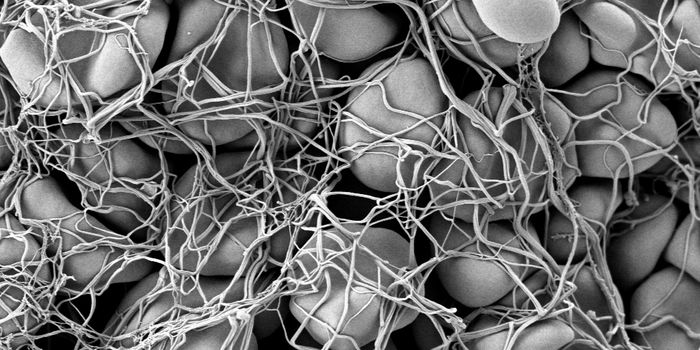As a long-time contact lens wearer, I am intimately familiar with the discomfort of dry contact lenses. You would think that with all of the scientific and medical advancements in recent years, we would have a solution to this problem. Thankfully, Gerald Fuller, a chemical engineer at Stanford, and a postdoc in his lab, Saad Bhamla, have designed a machine to better study why contacts lead to dry eyes and how we can better design them to be more comfortable.
Your eyes are protected from the air by an aqueous tear film layer with a lipid layer on top. The lipid layer prevents the tear film layer from evaporating and also provides mechanical strength to the tear film layer. Eyes, at 95 degrees Fahrenheit, are usually warmer than the surrounding air, so they are constantly heating up the aqueous layer and losing moisture. The lipid layer slows down that process. Bhamla and Fuller suspected that contact lenses disrupt the protective lipid layer and lead to accelerated moisture loss and dryness of the eye. But in order to study and test this idea, they had to build a machine.

The Interfacial Dewetting and Drainage Optical Platform (i-DDrOP) recreates a tear film on the surface of a contact lens. It is amazing that it has taken this long to build a machine to facilitate research in this field. Prior research on contact lenses consisted of dipping a lens in water and holding it up to see if the tear film forms. With i-DDrOP, scientists are able to more quantitatively study the dynamics of the tear film, the lipid layer, and contact lenses.

In the photo above, taken from one of Bhamla’s papers from July 2015, you can see how a comfortable contact looks on the left, and how a dry, uncomfortable contact looks on the right. Hopefully, with the use of i-DDrOP, they will be able to re-engineer contact lenses to stay comfortable after hours of wear. This may not seem like groundbreaking, paradigm-shifting research, but advancements in the field of contact lens comfort will impact millions of lives. About 30 million Americans use contact lenses, but roughly half of them switch back to glasses due to the discomfort of contacts. As I sit here writing this article wearing glasses because my contacts were bothering me, I am looking forward to a day when ocular discomfort is no longer an issue.
Sources:
EurekAlert,
Journal of Colloid and Interface Science, and
Investigative Opthamology and Visual Science



















































